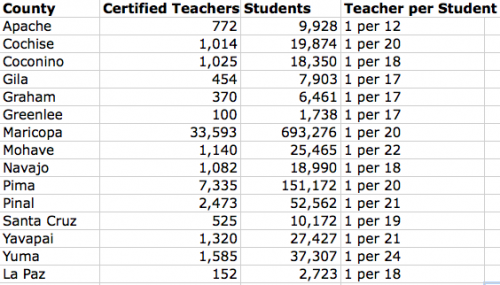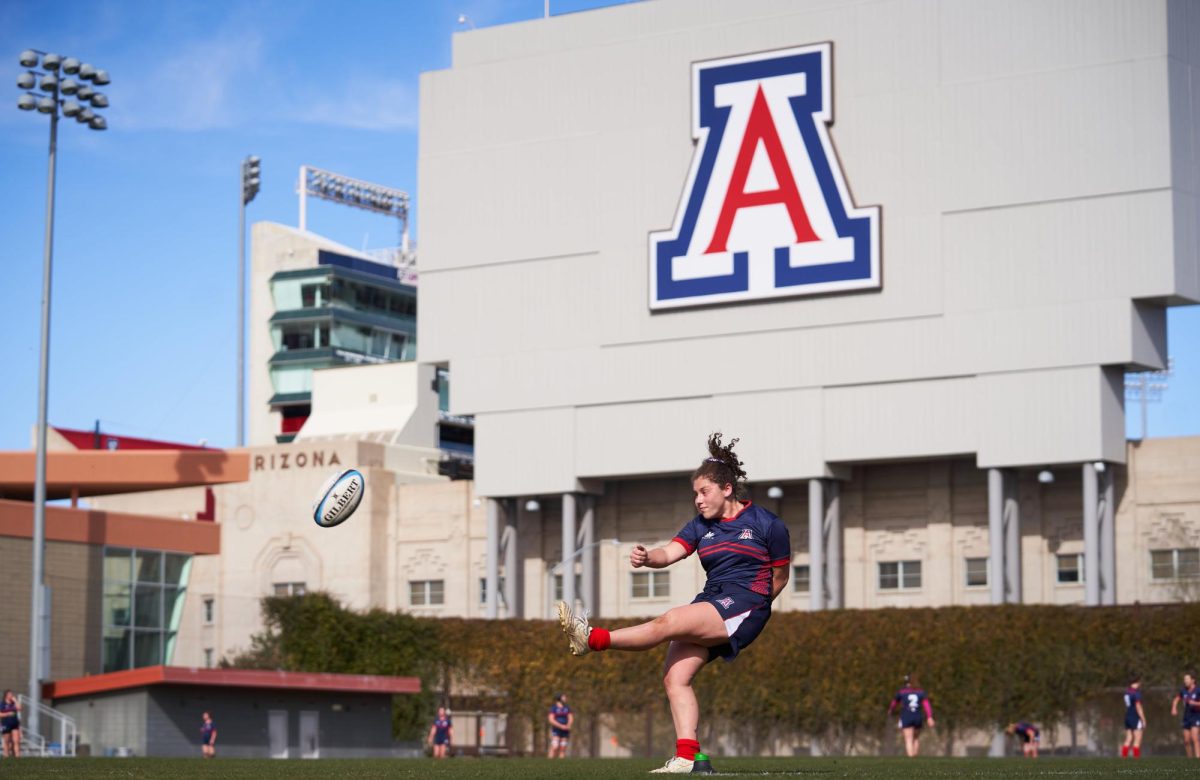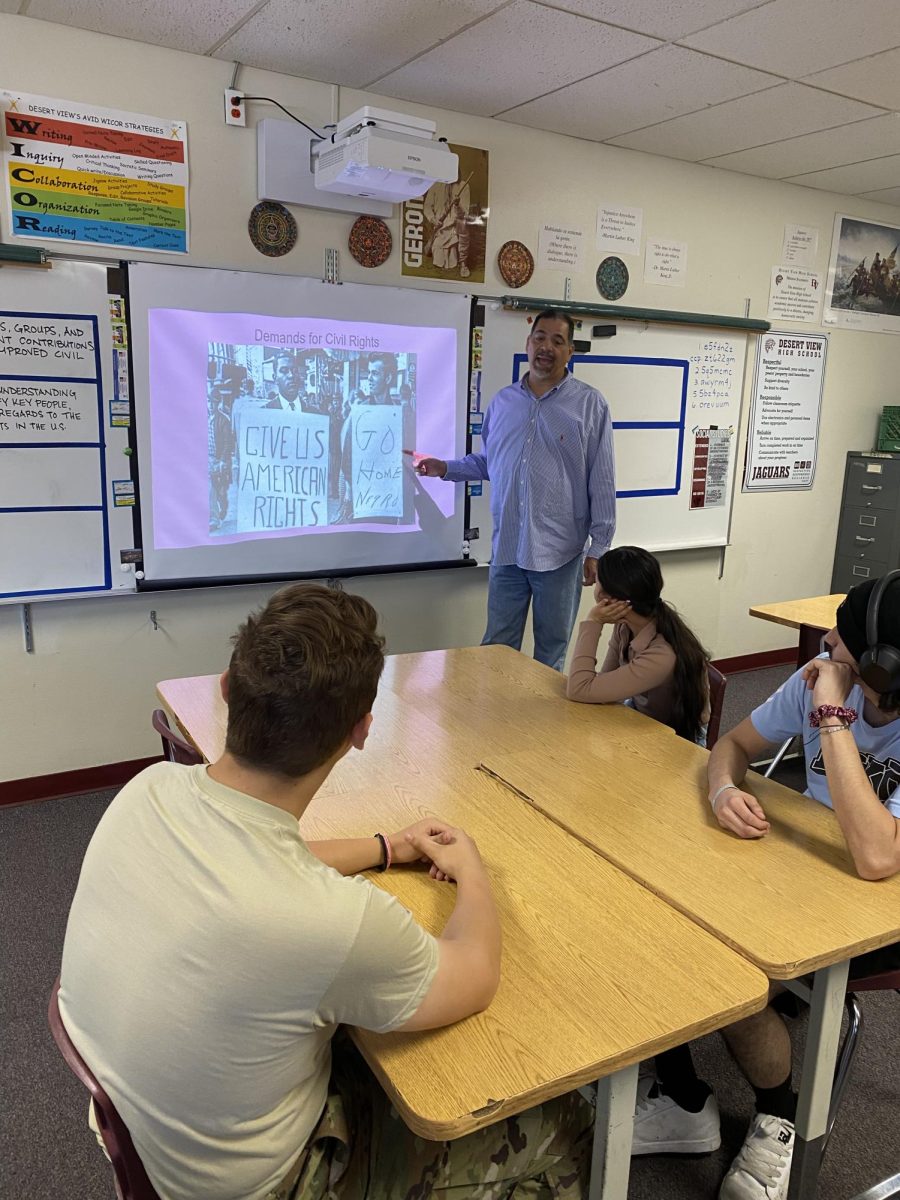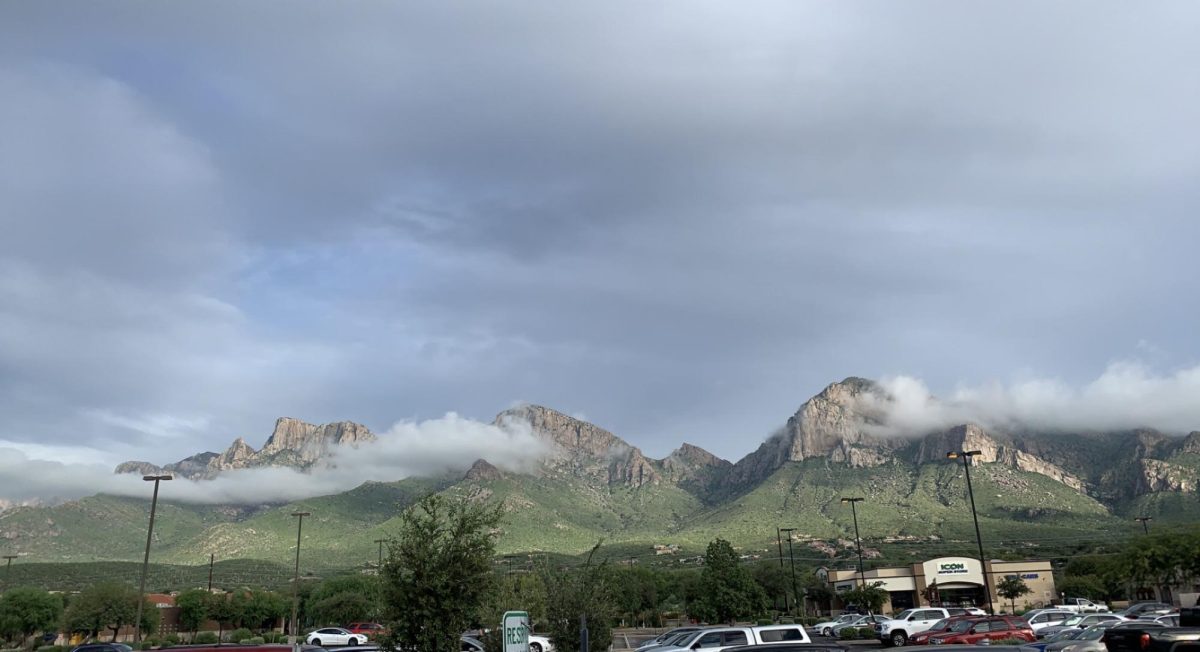Attracting and retaining quality teachers poses a huge problem to Arizona’s rural schools, and there seems to be no easy fix in sight.
While urban areas have no problem filling teacher slots, rural areas often have to settle for mediocre candidates, and so far the Arizona Department of Education seems to have done little to fix this, rural educators say.
Attracting teachers to rural areas is a multi problem issue, said Bill Blong, the executive director of the Arizona Rural School Association, which aims to improve instruction in rural schools.
For one, it is a huge lifestyle change, he said.
In addition to living in rural areas, teachers are often also paid less than those in urban areas, Blong said.
Compared to urban districts, rural schools are neglected not only in Arizona, but on a nationwide level, Blong said.
State lawmakers often apply a principle of one-size fits all when it comes to fixing problems in rural areas, but that just doesn’t work, he added.
The Arizona Department of Education is putting on career fairs to get the word out about rural schools and their need for teachers, but those don’t help at all, said Mohave Valley School District Superintendant Whitney Crow.
Usually teachers just pass by the rural information tables and seek out the ones located in urban areas, he said.
“After three years of attending we did not get one candidate,” Crow said.
Attracting local teacher to rural districts is nearly impossible, unless they are from that area, he added.
In Arizona, the recruiting focus has changed to get teachers from the Midwest, Crow said.
Crow believes that financial incentives could help end the teacher drought in rural Arizona, but money allocated to education mostly goes to urban schools, Crow said.
In Laughlin, Nevada, which is right across the river, Crow said, there is a rural teaching stipend, making teaching in a rural area more attractive.
In Arizona there are no incentives for teacher to teach in rural areas, said Ryan Ducharme, the Arizona Department of Education executive director of communications and innovation.
Federal funding that the state Department of Education receives usually goes to districts with large amounts of students, such as Maricopa County, Ducharme said.
It is based on the school and the amount of students, he said.
But, just because there are fewer students in rural areas does not mean that there are sufficient teachers.
The student to teacher ratio at the Mohave County school district is one teacher per 22 students, while for Maricopa County school districts have 1 teacher per 20 students.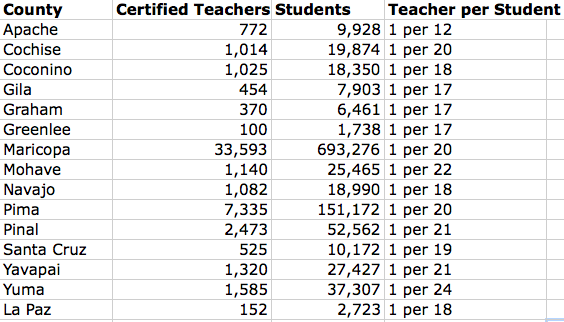
The state Department of Education recognizes that the hiring of teachers into rural areas poses a big problem to education, but no real solutions have been found.
The Arizona Learning Fellows is a new program that is trying to recruit teachers to Native American reservations, and due to the similarity to rural areas, this program might be expanded if it is successful, Ducharme said.
Teacher retention also poses a big problem to rural areas, especially because these areas don’t have the resources available that are needed to properly support rural teachers, he said.
Not being able to attract quality teachers often forces school districts to hire under qualified personnel, which leaves its marks on the children taught.
“If we can’t find good teacher it negatively affects kids,” Crow said. “Good students will learn no matter what. Kids who struggle aren’t going to go anywhere if they don’t get the right teachers,” he added.
Currently, a lot of mentor teachers are starting to retire, and they are taking years of experience and knowledge with them, Blong said.
Younger teachers tend not to stay in the schools for too long because they are the first on the chopping board when budget cuts come around, he added.
This lack in constancy negatively affects the student, Blong said.
“They are killing us out here,” Crow said.


